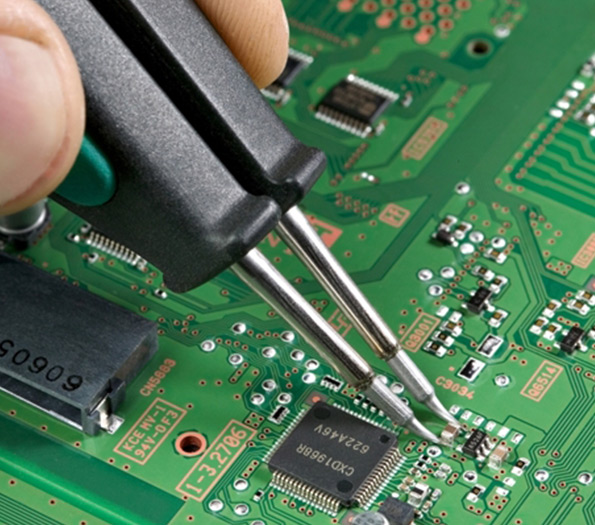

The Enchantment of Magic Mirror Glass A Reflection of Art and Technology
In a world where technology intertwines seamlessly with our daily lives, the allure of magic mirror glass has captured the imagination of artists, designers, and technologists alike. This innovative material serves as both a functional glass and a captivating visual medium, challenging our perceptions of reality and reflection. As we delve into the realm of magic mirror glass, it becomes evident that its charm lies not only in its aesthetic qualities but also in its potential to transform spaces, experiences, and even interactions.
Magic mirror glass, often referred to as two-way mirror glass, possesses a unique quality that allows it to function as both a mirror and a transparent window. When illuminated from one side, the glass reflects the image of whatever stands before it, creating the illusion of a conventional mirror. Conversely, when light shines on the opposite side, the glass becomes transparent, revealing whatever lies behind it. This dual functionality is what imbues magic mirror glass with its “magic,” allowing for a plethora of applications in both art and technology.
One of the most fascinating uses of magic mirror glass is in the realm of interactive art installations. Artists have begun embracing this material to explore themes of perception and identity. For example, installations that use magic mirror glass can create immersive environments where viewers not only see their reflections but also interact with digital elements projected onto the glass surface. This fusion of physical and digital realms invites participants to question their sense of self and encourages engagement in a way that traditional displays cannot. It transforms the spectator into a participant, blurring the lines between observer and observed, reality and illusion.

In addition to its applications in the art world, magic mirror glass finds utility in the realm of smart technology. The concept of the “smart mirror” has gained popularity in recent years, with devices embedded with touch screens and smart technology behind a layer of magic mirror glass. These mirrors can display an array of information—from weather updates to calendar reminders—all while maintaining the functionality of a traditional mirror. Imagine starting your day by freshening up in front of a mirror that also provides you with news headlines or a motivational quote, seamlessly integrating technology into your morning routine.
Magic mirror glass is also being employed in commercial spaces and public installations. Retailers are utilizing this technology to enhance the shopping experience. Virtual fitting rooms, for instance, allow customers to try on clothes virtually, overlaying digital outfits onto their reflections in real-time—making the shopping process not only more enjoyable but also more efficient. These innovations engage consumers in a novel manner, fostering a deeper connection between them and the brand.
Moreover, the architectural world is beginning to recognize the potential of magic mirror glass in building design. Its reflective properties can enhance aesthetic value while serving practical purposes such as maximizing natural light and minimizing energy consumption. Architects are experimenting with facades that incorporate magic mirror glass, creating buildings that can change appearance based on the time of day and the angle of view. This dynamic quality can contribute to sustainable design, promoting green building practices that resonate with contemporary environmental values.
As we navigate through the various dimensions of magic mirror glass, it becomes evident that this remarkable material is not merely a trend; it represents a cultural shift towards integration, interactivity, and innovation. Magic mirror glass challenges us to reconsider our understanding of space and presence—inviting us to engage with our surroundings in new and meaningful ways. Whether in the form of an art installation, a smart home device, or a transformative architectural feature, magic mirror glass serves as a mirror not only to our images but also to our aspirations and the future of our evolving interactions with technology. The magic lies not just in reflection, but in the possibilities that lie ahead.